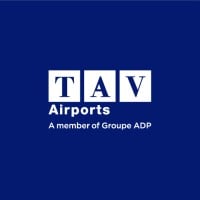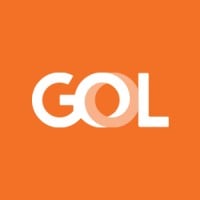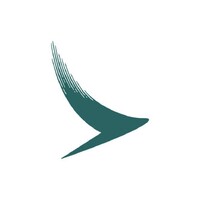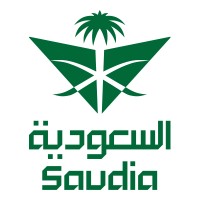Company Cyber Security Posture
NANA
NA Company Details
NA
NA
NA
NA
NA
NA
Scan still pending
NA
NA
Between 200 and 800
This score is AI-generated and less favored by cyber insurers, who prefer the TPRM score.
 NA Global Score
NA Global Score.png)

Company Scoring based on AI Models
| Model Name | Date | Description | Current Score Difference | Score |
|---|---|---|---|---|
| AVERAGE-Industry | 03-12-2025 | This score represents the average cybersecurity rating of companies already scanned within the same industry. It provides a benchmark to compare an individual company's security posture against its industry peers. | N/A | Between 200 and 800 |
Company Cyber Security News & History
| Entity | Type | Severity | Impact | Seen | Url ID | Details | View |
|---|
Company Subsidiaries

NA
Access Data Using Our API

Get company history
.png)
NA Cyber Security News
Hacker Demonstrates How Easy In-flight Entertainment System Can Be Hacked
Dangerous vulnerabilities in an in-flight entertainment system used by the leading airlines, including Emirates, United, American Airlines, ...
Panasonic In-Flight Entertainment Systems Can Be Hacked: Researcher
Researcher discloses potentially serious vulnerabilities found in Panasonic Avionics in-flight entertainment systems.

NA Similar Companies

TAV Airports
TAV Airports provides integrated services in all areas of airport operations, with a global footprint at over 100 airports in more than 30 countries. A member of Groupe ADP, TAV Airports is part of the leading airport management platform globally. Through its subsidiaries, TAV Airports is active in

gategroup
gategroup is the global leader in airline catering, retail-on-board and hospitality products and services. gategroup provides passengers with superior culinary and retail experiences, leveraging innovation and advanced technology solutions. Headquartered in Zurich, Switzerland, gategroup delivers op

GOL Linhas Aéreas
Somos a maior Companhia Aérea do País e estamos entre as que mais crescem no mundo. A nossa história começou em 2001 e, desde então, somos responsáveis por inovar o mercado da aviação no Brasil. Tudo isso graças à dedicação do nosso Time para garantir o nosso Valor número 1, a Segurança, entregand

Cathay Pacific
Welcome to the official Cathay Pacific LinkedIn page. We have over 200 destinations in our global network, but want to do more than just move you from A to B. We want to take you further in your journey, and ultimately, to move beyond. And we’re here to do what we can to help you discover what’s nex

SAUDI AIRLINES
At Saudia Group, we're on a mission to inspire people to go beyond borders. Our purpose is rooted in unlocking human potential and connecting the world in ways never thought possible. We are committed to reshaping the aviation ecosystem in our region and beyond, by embracing innovation and a custome

General Aviation
This page if for pilots who want to add General Aviation as experience on their profile! It was was created to fill that need and is maintained by Jacob Havens, and experimental aircraft owner, founder of Havens Aero and industry evangelist. If your involved in this industry as a pilot, controller,

Frequently Asked Questions
Explore insights on cybersecurity incidents, risk posture, and Rankiteo's assessments.
NA CyberSecurity History Information
How many cyber incidents has NA faced?
Total Incidents: According to Rankiteo, NA has faced 0 incidents in the past.
What types of cybersecurity incidents have occurred at NA?
Incident Types: The types of cybersecurity incidents that have occurred include .
Additional Questions
What Do We Measure?
















Every week, Rankiteo analyzes billions of signals to give organizations a sharper, faster view of emerging risks. With deeper, more actionable intelligence at their fingertips, security teams can outpace threat actors, respond instantly to Zero-Day attacks, and dramatically shrink their risk exposure window.
These are some of the factors we use to calculate the overall score:
Identify exposed access points, detect misconfigured SSL certificates, and uncover vulnerabilities across the network infrastructure.
Gain visibility into the software components used within an organization to detect vulnerabilities, manage risk, and ensure supply chain security.
Monitor and manage all IT assets and their configurations to ensure accurate, real-time visibility across the company's technology environment.
Leverage real-time insights on active threats, malware campaigns, and emerging vulnerabilities to proactively defend against evolving cyberattacks.




